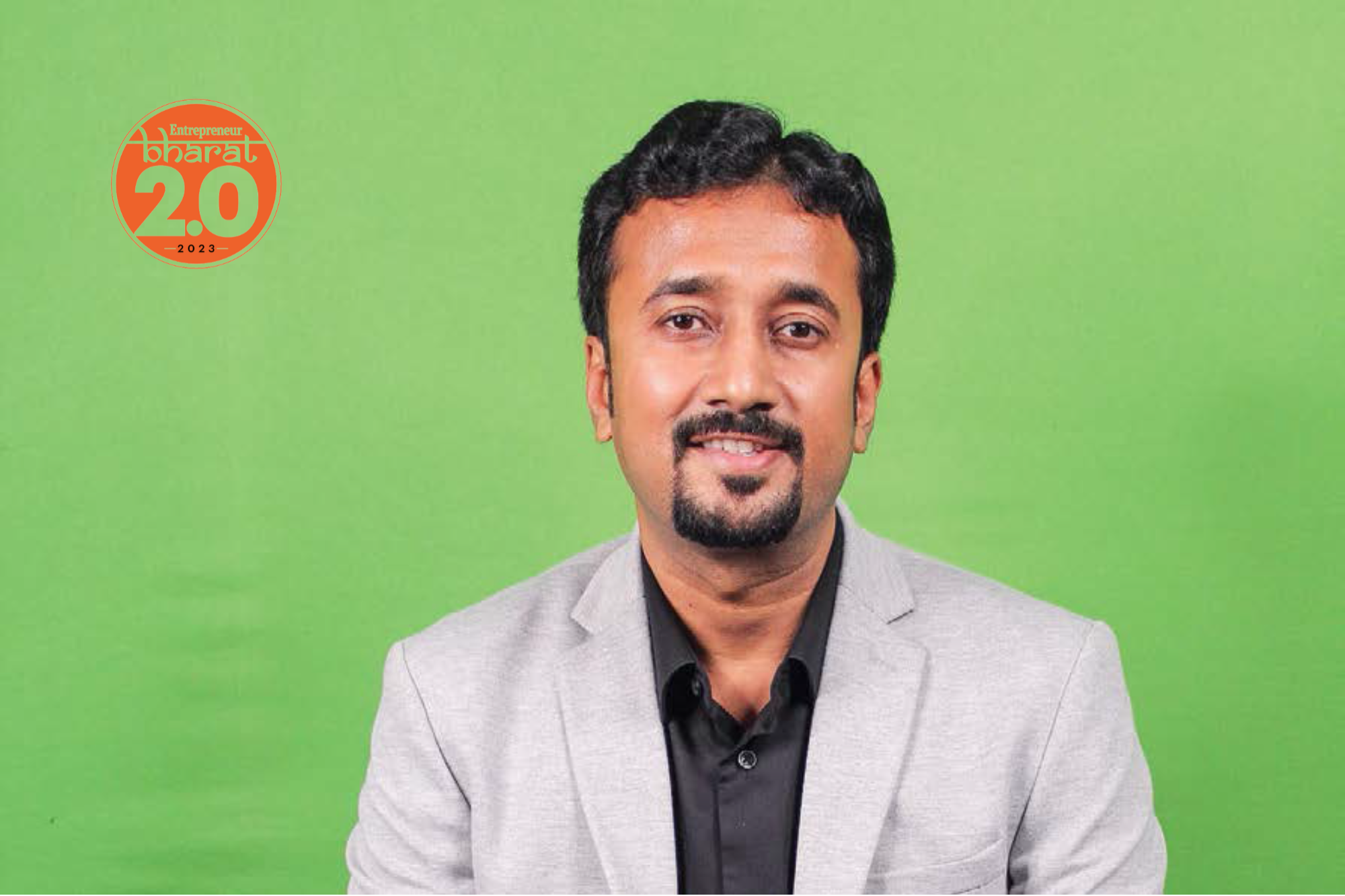How Technology is Changing the Landscape of HealthcareTechnology can create a difference in healthcare sector.
BySatkam Divya•
Opinions expressed by Entrepreneur contributors are their own.
You're reading Entrepreneur India, an international franchise of Entrepreneur Media.

It is not new for technology to intervene and revolutionise an industry. Technology has already changed the way we commute, the way we pay and the way we consume media. Given the size and structure of healthcare industry in India, technology has immense value to add.
Technology can create a difference in the following problem areas:
Accessibility
India, where 70% population lives in rural areas and the doctor to patient ratio is 0.7 per 1000 patients which is way low as compared to what UN prescribes at 10 doctors per 1000 patients. Technologies like telemedicine can increase the reach of doctors to these rural areas and can be a starting point for disease evaluation and follow-up consultation. Start-ups are in collaboration with leading medical institutions like AIIMS in proving follow-up consultation for diseases which require several Doctor patient interaction and stretches over months. Doctor monitors the progress of the treatment over a video call and adjust the medication which comes in the form of e-priscription.
India has a big problem of communicable diseases. Most of these diseases are spread by poor hygiene standards. With Swach Bharat Abhiyan and the wave of technological innovations it has brought in educating users, monitoring systems and introducing low cost sanitation facilities, these rural population stands a better chance against communicable disease.
Affordability
在印度的一个大型人口~ 27%低于贫困line. With healthcare spend of GDP at mere 2.5% and low penetration of health insurance more than 60% of the healthcare expenses are out of pocket. This include consultation, diagnosis, medication, surgery and patient care. Startup which are providing e-consultations through message, voice or video call do provide a convenient option at lower cost, but major difference will be created when the cost of diagnosis and surgery are brought down by technological innovations. This provides a huge opportunity in the area of medical devices which currently sees 75% imports and localisation is largely in non critical items like bandages and medical supplies. Recent mandates from government on stents and generic medicines is an example of how localisation can bring down the cost to consumer.
Information
With a count of more than 1.25 Billion, there is very little info about the medical history and managed patient info available to aid doctors in diagnosis and treatment. Solutions like Hospital Information Management Systems keeps track of its patients, their medical history and medications prescribed and many more information which could help in care or treatment planning. Though this has penetrated only large network hospitals. Patient records should be accessible to doctors and care givers across hospitals and clinics to efficiently manage the disease and provide care. Some start ups are coming in the areas of cloud based solutions for reports management which solves the proved of having to carry all the health record every time, some are even making this available to the doctors to review and advice accordingly.
Awareness
Experience in this industry varies very erratically. Partly because desired outcome is not guaranteed even if you are ready to shell out any amount for it. Also with no transparency on the pricing of diagnosis and treatment it leaves customers with many questioned unanswered. This is largely attributed to absence of any standardisation of service provided. This gives immense opportunity for startups to come and bring standardisation by enabling users to make informed decisions. Like some startups which have e-diagnostics facilities for pathology services gives users comparison of common test prices across diagnostic labs.
Users being aware about the prices and quality of labs make informed choice and get standardised services through these startups. Startups are actively working of creating content around better living and heath management thereby enabling users stay clear of common disease and manage their lifestyle better. Take diabetes for example, India has highest number of diabetic patients and this disease requires a very close monitoring and disciplined lifestyle.
Startups which are working on wearable devices which actively monitors body vitals helps user to take control of their daily calorie burn. Apps associated with these devices displays trends and even alerts when it identifies a parameter is out of normal range. All this awareness makes it easier for user to manage their health.













